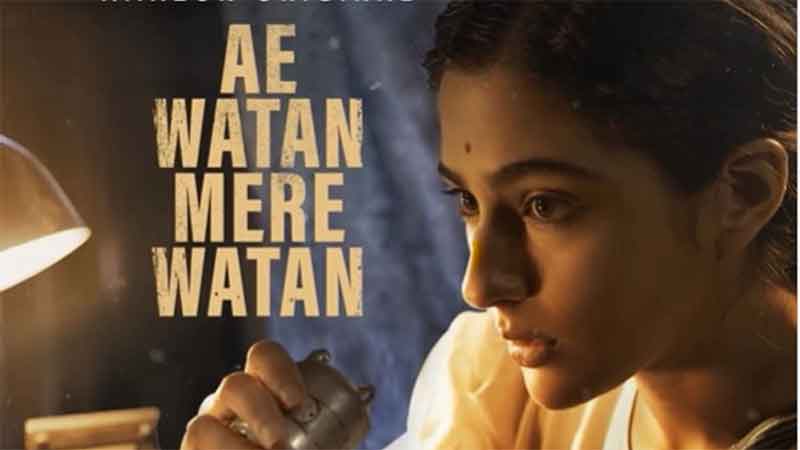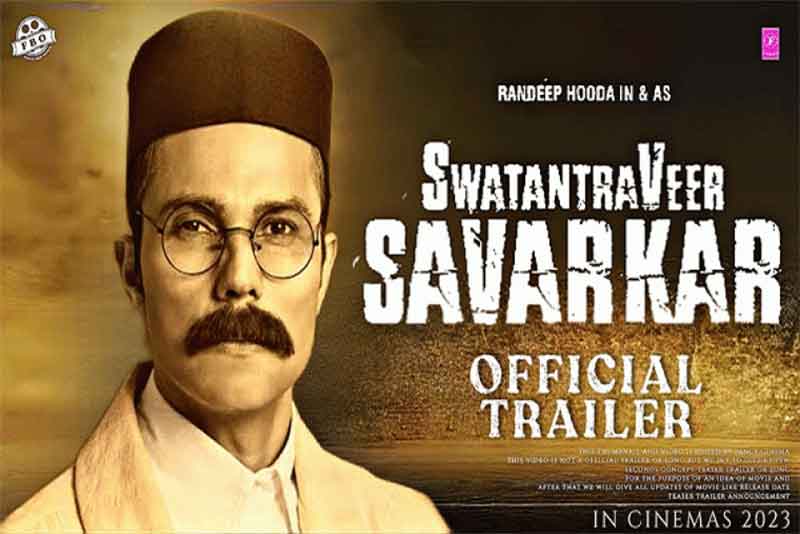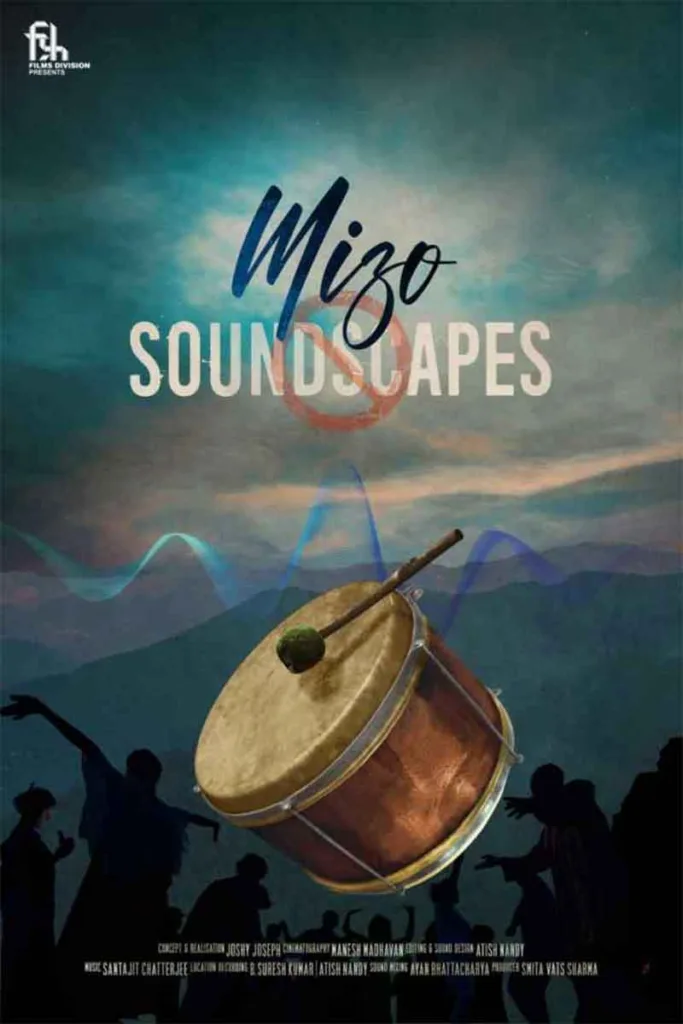This essay is dedicated to the example of Father Stan Swamy, S. J.

Briefly and simply put, Liberation Theology is a school of thinking which proclaims that methods of direct action are at times necessary for the material and spiritual liberation of the poor and powerless; that prayer and persuasion have to be occasionally accompanied by frontal assault to produce necessary result. The conservative Vatican hierarchy, headed by the Pope and his counselors, is know to look upon this school of theology as the handiwork of godless Marxists who have made their way into, primarily, the Jesuit order, one of the more powerful bodies in the Roman Catholic Church.
Two well-known films, both in English and made in the 1980s, are worthy of being discussed in the light of the schism within the Jesuit order and the Catholic Church, and its repercussions on ordinary lives in entirely or predominantly Catholic countries. The first is The Mission, directed by Roland Joffe, and the other is Romero.
The Mission is about two Jesuit priests who came to a tragic end trying to save a mission they had helped raise in the Amazon jungles. The mission is so successful in its objective of giving a direction to the lives of hundreds of converted Guarani Indians that it has come to be looked upon as a threat and an affront to the State power of the Spanish who were then the masters of the region. The superiors of the two Jesuits, too, are not exactly happy with them because conditions then (as often even now) were such that the interests of the Church were hard to distinguish from those of the State.
The Mission is an extravagant production, rich in sound and scenery. The film’s action takes place amidst swirling waters, steep falls, and lush tropical jungles. There are quiet moments like those when the two priests are shown talking to each other, but much of the film is on a grand dramatic scale. However, for the purpose of this essay, the important thing to note is what the film says, especially in the context of present-day goings-on in and around those same jungles. Who does not know that the ‘conquistadores’ are long gone, but their places have been effectively taken on the Latin American continent by foreign interests who have their way through chosen local tyrants.
Having refused to disband the mission and thereby incurring the wrath of both temporal and ‘spiritual’ authorities, the two priests try to save the church, the colony around it, and the fields rich with crops grown by the collective labour of the Indians in two different ways. One is a traditionalist shepherd of his flock who refuses to abandon his faith in the efficacy of prayer and in what he considers to be divine justice. The other has greater faith in direct action without deserting the philosophy of love. In fact, it is precisely his love for his fellows which makes him ask them to defend themselves and their right to stay where they are with whatever is available to them, including their bows and arrows which they had given up after their conversion.
In the end, both the priests are killed in an impossibly unequal struggle; the Indian population, including women and children, is massacred; and the mission burnt down. The cardinal sent by Rome to make the priests relent, himself a Jesuit, is sympathetic to the cause of the mission but is unable to prevent the carnage.
Of the two priestly martyrs, the one who fought because he saw no other way left open to him may be said to have anticipated the likes of Archbishop Romero of El Salvador, or even Cardinal Sin of Manila. True, the cardinal did not ask the Filipinos to rise in armed revolt against the excesses of the Marcos couple, but he did exhort them to offer determined passive resistance. Thus it is that the military could do nothing when it found Catholic nuns, among others, kneeling in prayer in front of armoured tanks on Manila boulevards. In truth, the brutality of the US-aided Marcos dictatorship came to be roundly defeated by Liberation Theology of a variety milder than the Nicaraguan or Salvadoran model but nonetheless strikingly effective.
Anyone conversant with the political realities of our times knows only too well that the most militant picture of Liberation Theology was produced by the Catholic clergy in Nicaragua where many churchmen fought shoulder to shoulder with the Marxist Sandinistas to defeat neo-imperialism represented in the person of Anastasio Somoza, his family, and a small privileged class that had accumulated around them. Once in power, the Sandinistas had gone about dismantling the anti-people system engineered by the preceding regime that had ruled for decades together with the active support of the CIA, the Pentagon, and the White House. In this extremely difficult programme of popular reconstruction, Daniel Ortega’s government had relied heavily on the counsel of chosen advisers from the ranks of the “church of the poor”, some of whom had fought in the mountains and jungles of this Central American country and later returned to practising their priestly duties along more traditional lines.
Romero, directed by the Australian filmmaker John Duigan, movingly recalls the life, teachings and martyrdom of the Salvadoran churchman and ally of the poor and oppressed, Archbishop Oscar Arnulfo Romero. The film does three things – it shows a man of religion, unassuming and shy, forced into courage and final sacrifice by the sufferings of his people; it celebrates the blessings of Liberation Theology as an instrument of prayer combined with active protest; and it reflects mass misery made even more miserable by the violence of the Salvadoran government and army.
The producer of Romero is on record thus: “I had decided not to use a Catholic scriptwriter for the film. The best life of a saint that I have seen in the cinema, A Man For All Seasons, was written by Robert Bolt, an agnostic. And the best life of Christ on the screen, The Gospel According to Saint Mathew, is the work of a Marxist, Pier Paolo Pasolini. Neither of these films is very reverent. Both of them are rather sceptical in tone. But they are even more moving from a cinematographic point of view and have a greater religious force.”
So it was that the producer entrusted the script to a person who, he thought, “has less than a conventional approach to the Christian world and keeps alive a love-hate relationship with the Catholic Church.” In preparation for the film the producer and the scriptwriter went to El Salvador in the middle of the civil war between government forces aided by the United States and Leftist guerillas of the Farabundo Marti National Liberation Front. Over a period of many years, the rebels had been asking for fundamental political and economic reforms, requests that had been systematically ignored by the government with the result that, among other things, many neighbourhoods in the capital city of San Salvador had been plunged into street warfare.
When the producer of Romero said that “no film is good enough to die for”, he was perhaps echoing a popular sentiment. However, he was quick to add that “defending the freedom of the Salvadorans deserves taking certain risks.” Through the testimonies of people who knew Romero, the producer and the scriptwriter were to discover a man of the church who was rather traditional and timid but who, once appointed Archbishop, would be transformed by the responsibilities of his office. Threatened with death, the Archbishop continued to denounce the violence and killings which had increasingly become a part of the Salvadoran way of life, affecting the poorest of his parishioners the most.
The producer and the scriptwriter visited the places where right-wing death squads would throw their victims. The two are on record: “We were shown two places where there were skeletons lying about, stripped by the vultures, their arms still bound behind their backs by piano strings.”
It was not possible to make the film in EI Salvador; the Salvadoran authorities wouldn’t even hear of it. So it was arranged that the filming would be done in Mexico where the Mexican army was to have lent its aid. But when they discovered that the film would be showing atrocities committed by the Salvadoran army assisted by US ‘advisers’, the Mexican military authorities forbade their soldiers from participating and even tried to prevent the filming.
The makers of the film expressed their fond memories of the conditions in which the film came to be shot. The attitudes of cast and crew alike ranged from the stoutly political to the serenely meditative. “From the beginning, we had the feeling that we were making a very special film. Raul Julia, the (Brazilian) actor who played Romero, was haunted by his character. All the crew, the actors and extras, lived through this adventure intensely. At the end of two months, we had shot the final sequence, celebrated Mass and invited all our friends from the shooting. There were 350 who celebrated the film with us.”
This writer remembers Romero receiving a standing ovation from a deeply stirred audience when it was shown in Calcutta during the International Film Festival of India at Nandan, the West Bengal Film Centre, in January 1990. Screened in the United States, the film reportedly gave a guilty conscience to many viewers on account of their government’s active involvement in the killing of many outspoken churchmen and other dissidents in Central America.
It is understandable that Henry Herx, the then Director of the Film Office of the United States Bishops’ Conference, should have considered Romero to be a film of great importance. Perhaps the assessment had more to do with religious/moral/spiritual considerations than reasons of politics or ideology. Whatever the case, it is enough that the film was and continues to be accorded the status and significance it richly deserves. Herx had said in 1989: “The Americans have a great responsibility in the events of Central America because of the foreign policy of their country. Although there was only one reference to American military aid – Archbishop Romero asked the president of the United States (Ronald Reagan) to stop the supply of arms used to kill Salvadorans – the film as a whole poses the question of the support given by the United States to repressive regimes.”
In the film, Archbishop Romero is shown grappling with many serious problems, one of them being the opposition thrown at him at every step by certain fellow-churchmen representing familiar vested interests. The persecuted Liberation Fathers in Latin America, the Philippines, or in parts of Africa like the Ivory Coast, are as much against the collaborationist practices of churchmen in their own countries as against the dictations of what they have come to label as the “European Church” – white, wealthy, and largely wasted.
Moving nearer home, more than 20 years ago there died an important Indian, an exceptional human being. Few fellow-Indians know of the greatness of Bishop Paulose Mar Paulose of the Chaldean Syrian Church of the East, which is not right but understandable. He was only 57 at the time of his death, but in the short life given to him he had emerged as a strong advocate of Liberation Theology in the southern part of the country. Whereas the Vatican is wont to characterise the Marx-Christ debate as a battle between opposites and irreconcilables, Bishop Paulose quietly but effectively struggled all his priestly life for the liberation of the poor and the oppressed in the belief that the matter is more in the nature of a competition between rivals and equals.
Bishop Paulose, whose untimely death is still mourned in both Church and Communist circles in Kerala and beyond, used to speak of a “new spirituality of combat” if any amount of justice was to be wrested for the poor; and of a “religionless Christianity”, first advocated by the German theologian, Dietrich Bonhoeffer, who was sent to the gallows by the Nazis. One wonders what conservative Papists would make of the ‘Red Bishop’s’ famous exhortation: “Even if an ideology does not have the blessings of the Church, if it strives for the welfare of the poor and the underprivileged, it is the duty of all true Christians to support and propagate that ideology.”
As chairman of the World Christian Students Federation, Bishop Paulose carried his unique understanding of the message of the Bible to far corners of the globe but nowhere with a greater sense of urgency than the poorest and most exploited societies. At a time when our country finds itself woefully short of role models – people with courage, compassion, and the capacity to think creatively when the chips are down – the absence of an extraordinary soul like the Christian yogi should be a matter of huge sadness to all Indians of goodwill. A statesman like Bishop Paulose comes in a long while to show by his deeds, the difference between the ideal and the commonplace. He belongs to the ages, as do Archbishop Romero or the two priests in The Mission.
( Vidyarthy Chatterjee writes on cinema,society, and politics.)
SIGN UP FOR COUNTERCURRENTS DAILY NEWSLETTER















































